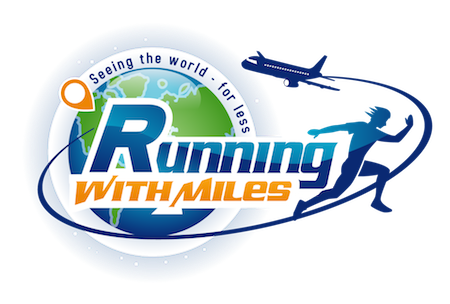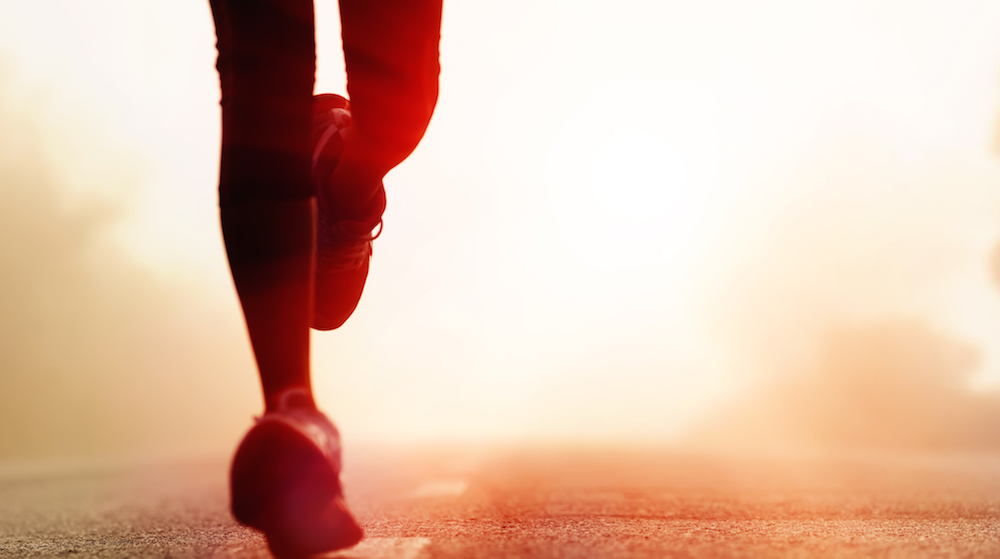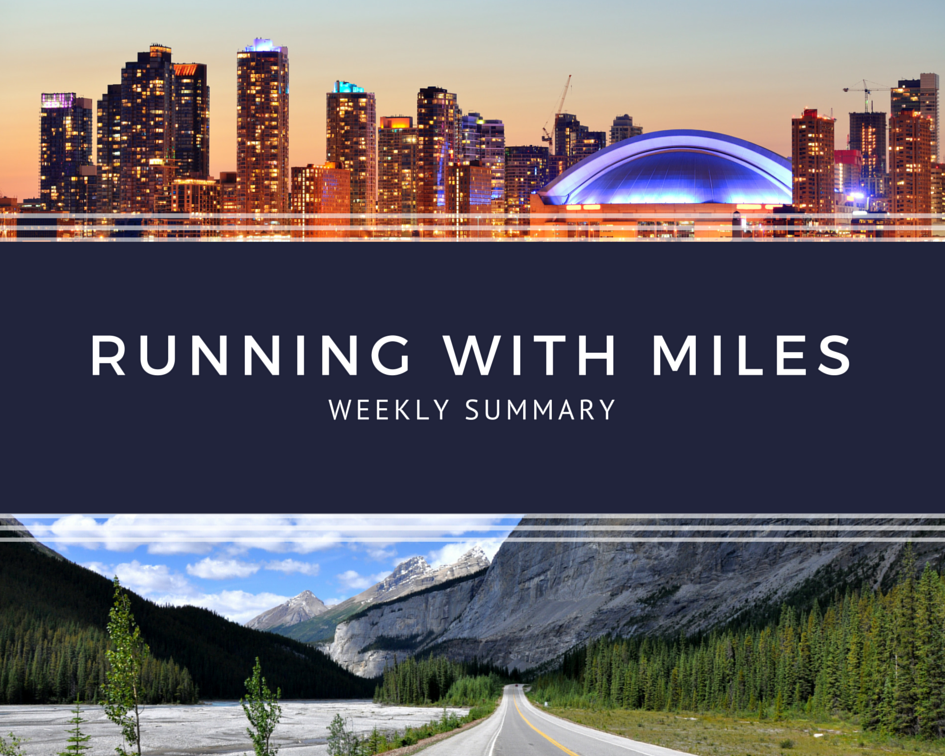I am in the middle of the big training weeks for my big run – 6 solo marathons on 6 continents in less than 5 days. This is another post that gives a peak into the training and planning for such an event. To read more about this big run, check out this post. To see other posts about the planning of the trips and the training, click here.
The charity for this run is the Wounded Warrior Project. Please consider donating something to help in the cause! 100% goes to the charity – nothing to me.
Finding What Works – 300 Miles Of Training In 3 Weeks
My mileage is averaging 100 miles per week for the last 3 weeks and averaging 70 miles per week over the last 16 weeks for a total of 1,120 miles. This is certainly more than I have run in that span of time ever and it is good preparation for sure. I know this mileage is nothing compared to professional marathoners and elite ultramarathoners, but is certainly high for me!
With all of this mileage comes an education of certain things about what works and what does not. Even though I have been running marathons for 8 years, this kind of training really shows me things that I needed to know and allows me to experiment.
Training For Multiple Runs
When I train for a marathon, you are training for a single day and single race. If you are sick that day, it doesn’t matter – you still go out as hard as you can to meet your goal. If it rains, you just deal with it. If you get cramps, you just power through. Because your 16+ weeks of training has led to that single race, you just do what it takes to finish knowing you can rest the next day.
When the plan is to run 6 marathons in a little over 4 days, there is a different approach. My plan for the first solo marathon is not to do a great time but to do it in the timeframe necessary while planning ahead for the 3rd marathon. There is a different thought process that goes into the planning.
What Clothes Work?
The same goes into the training. High mileage training is a good time to figure out what works and what does not. I am making notes of what training clothes work with what type of weather, even though they have always worked before. But, now, if the humidity is up, some of the regular running gear I use is chafing me the wrong way in ways that I do not feel for lower mileage. Even though a piece of clothing is made for running, it does not mean that it will feel the way it is supposed to during the 3rd 26.2 mile run in 24 hours!
Fluid Consumption
The same is true for fluid consumption. It is always important to stay hydrated, but you do not want to overfill yourself either. I use this training in the hot weather (some of the runs were in 98 degree heat this week) to see how far I can go on a pack of water and how fast I go through the water throughout the run. This helps me to figure out what my water needs may be during the runs so I know where to put my water stops.
While electrolyte replacement drinks are a great help, I am also trying to do without as much as possible. Since I cannot guarantee that I will have them at every location, I need to make sure that I am okay doing it without them (which I am).
Caloric Consumption
Believe it or not, caloric consumption is important as well. For marathons, energy gels are normally enough to get most people through the race. There are aid stations in later miles that will often have fruit (oranges, bananas, dates, etc) and candy (jelly beans, gummy bears, parts of Snicker bars, etc) that can give a little boost but that is normally it. In ultramarathons, the aid stations can be regular picnic feasts! One of my favorite trail ultras has an aid station with lasagna in styrofoam cups – great stuff! Pizza, grilled cheese sandwiches, chili, soup, potatoes, and chips are all part of what you will find at aid stations during ultras.
Running this many marathons in 4.5 days really requires a bit of an ultra approach to the food. The last time I did something like this, I lost 8 pounds in 5 days. It is important to keep the calories up so your running does not suffer. Depending on the time between runs, that may mean eating during a run. So, my training includes a stop at McDonalds to get a double cheeseburger to go on the run around mile 16. I have always found those to be easy for me to digest and it always gives me a boost (plus, they are all over the place!) so it is an easy food to work in.
Running Shoes
My running shoes are another part of the finding out what works. Wearing the same shoe everyday for these long runs actually can cause too many blisters in the same place. If I switch up shoes, I can change the part of my foot that is getting affected by the rubbing. The same holds true for helping with my posture during the run. So, yet another part of the learning in training.
Summary
Doing something like this takes a lot of training but also a lot of education for what works and what does not. It is quite interesting to see what things work on certain days or at certain times of the day while something else may work at a different time. I am definitely becoming more prepared in every way for this run than I was for the last one!
Have any questions about my training or the planning? Ask away!









I’m concerned over your plans. I’m not as experienced as you but I have 13 marathons and few longer 50k’s and countless less races under my belt so I’m not coming up with some junk.
If your in good racing shape it can help to take some days off just before the races you have planned. Give your body a chance to recover.
I’m also concerned you are risking injury but cranking your mileage up so much. Save it for the races.
Don’t try too much new. We all have last minute thoughts about small tweeks that are going to give us an edge. Just keep it simple. At the end of the day an Ultra or Marathon is just a long run. So unless your Olympic quality or actually can win it’s not going to make a big difference anyway (there is no upside). I remember standing at a start line for a marathon and thinking gee my shoes feel a little loose and I tightened up my laces only to suffer later when my feet warmed up and expanded with the swelling and heat.
Energy gels are ok on marathons or half’s but it depends on your needs. You make need some additional food like a well placed snickers bar or other fast carbs.
As a survivor and finisher that set a PB at the 2007 Chicago Marathon (you know the super hot marathon that resulted in deaths and dozens of ambulances) make sure you get plenty of salt prior to the runs if the humidity and heat are up. I remember I had 1 beer and chicago deep dish pizza the night prior. I drank tons of gatoraid, gels and water during the race. I drank some pedialyte prior to the start and as recovery in the ice bath that night recovering with a slight heat stroke.
I agree with the shoe issue. Make sure to swap them out or at least swap out the insoles.
Thanks, Dan, for the thoughts and good advice.
I am coming down this week to a rest week after 3 high weeks. I will keep next week on the lower side as well. My paces have been well under what is normal for me with walking of hills and such to keep the overall impact lower.
I have done the same things with my shoes at the starting line! It was the Baltimore Marathon in 09 and I kept thinking I should loosen them as the race went on but I didn’t want to stop. 🙁 Mistake!
Yep, I will be doing solids throughout the runs since it is more about finishing the distance than hitting some great time. Strangely enough, my body can handle cheeseburgers and pizza but the gels sometimes do not go down as well.
Again, thanks for your advice – it is good stuff and it helps to hear someone else tell me to rest it a bit. I never like pulling it in because I think that I am just telling myself that because I don’t want to go out again. 🙂